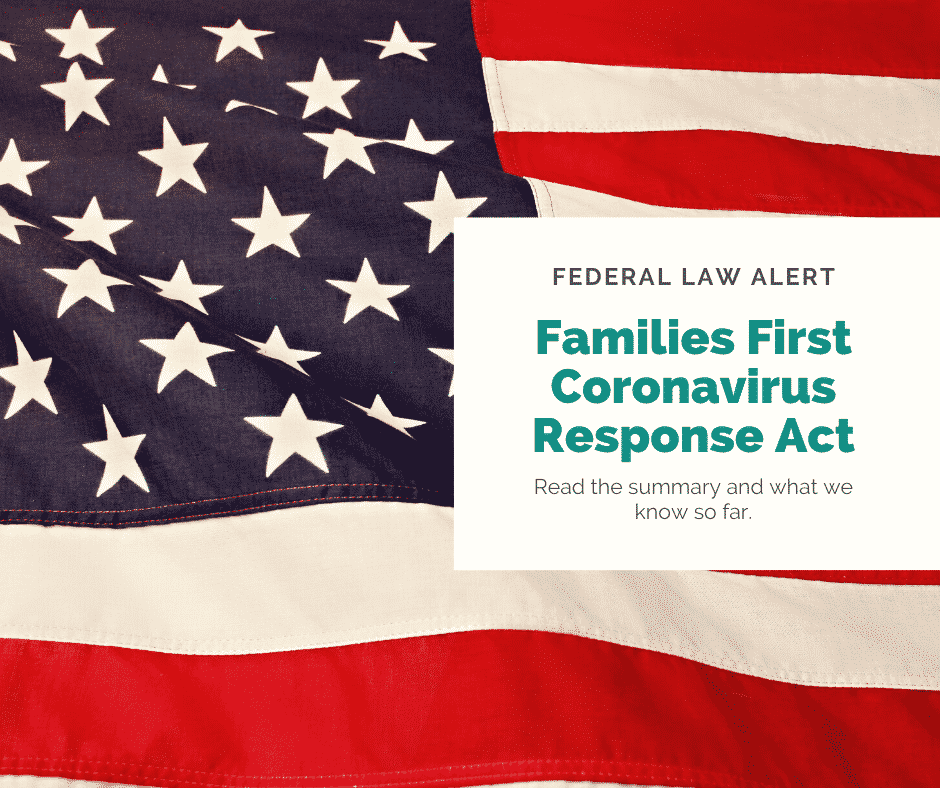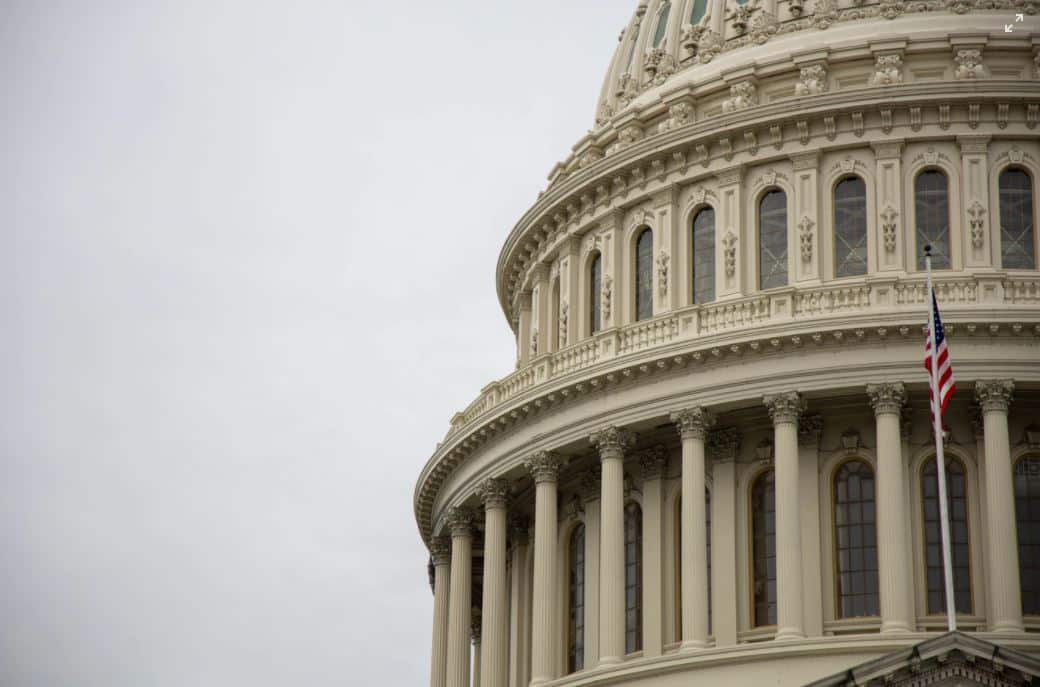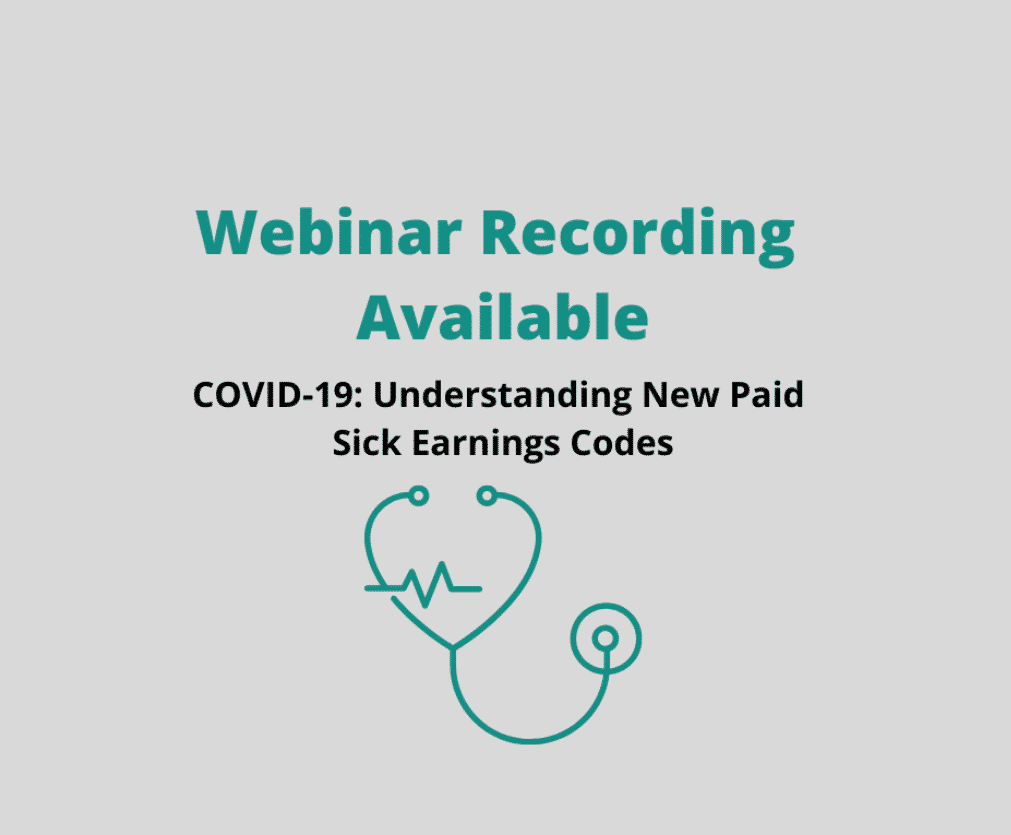DOL Releases New Guidance on Employee Leaves
The pandemic has affected both employers and employees, and everyone is trying to figure out how to work under new situations and new rules. The Fair Labor Standards Act, the Family and Medical Leave Act and the Families First Coronavirus Response Act are all governing workplace rights and responsibilities, and the new DOL guidance will help everyone understand them.
Here is a summary of the key provisions. Fact sheets for employers and employees are available on the DOL website.
Employee leaves: An introduction
These are the basic provisions of employee leaves:
- Two weeks (up to 80 hours) of paid sick leave at the employee’s regular rate of pay in situations where the employee is unable to work because the employee is quarantined.
- Two weeks (up to 80 hours) of paid sick leave at two-thirds the employee’s regular rate of pay if the employee is unable to work because of a bona fide need to care for an individual subject to quarantine or to care for a child (under 18 years of age) whose school or child care provider is closed or unavailable for reasons related to COVID-19.
- Up to an additional 10 weeks of paid expanded family and medical leave at two-thirds the employee’s regular rate of pay in scenarios in which an employee, who has been employed for at least 30 calendar days, is unable to work due to a bona fide need for leave to care for a child whose school or child care provider is closed or unavailable for reasons related to COVID-19.
The big questions
The DOL also answered nearly 100 important questions that have been coming in from companies and employees. Here are a few of them:
When can employees telework under the FFCRA?
They may telework when their employer permits them to perform work while they are at home or at a location other than the normal workplace. Telework is work for which normal wages must be paid and that is not compensated under the paid leave provisions of the FFCRA.
If an employee elects to take paid sick leave or expanded family and medical leave, must the employer continue health coverage? If the employee remains on leave beyond the maximum period of expanded family and medical leave, does the employee have a right to keep health coverage?
If an employer provides group health coverage that the employee has elected, the employee is entitled to continue group health coverage during the expanded family and medical leave on the same terms as if the employee continued to work.
Can an employee take expanded family and medical leave intermittently while a child’s school or place of care is closed, or child care provider is unavailable, due to COVID-19-related reasons, if the employee is not teleworking?
Yes, but only with the employer’s permission. Intermittent expanded family and medical leave should be permitted only when the worker and the company agree upon such a schedule. The DOL encourages employers and employees to collaborate to achieve flexibility. Therefore, if employers and employees agree to intermittent leave on a day-by-day basis, the department supports such voluntary arrangements.
These are just introductions to complex provisions, and there are many exceptions and exclusions regarding employee leaves. Both employers and employees are encouraged to review the complete DOL guidance before drawing any conclusions, and to consult a professional for advice.







Reply a Comment